Welcome to Spotted, our curated highlight reel of all the happenings in the world of contemporary ceramic art. You’ll be the talk of your next Zoom chat after reading this. Enjoy!
Katuro Kuwata and Jonathan Anderson, “fashion and art are commerce at the end of the day”.
MADRID. The fashion train keeps moving from ceramist to ceramist. More are coming up in future issues. This time it is Japanese super-star-ceramist, Katuro Kuwata, and ceramics collector (of Kuwata among other artists) Jonathan Anderson, who has for nearly seven years promoted hand-crafted modernity into the Madrid-based house, Loewe, founded in 1846. You can learn more in Cfile about both Anderson and Kuwata.
In a Vogue interview he was asked whether fashion and art have equal cultural importance and answered, “Both are commerce at the end of the day.”
“I’ve always had the romantic idea of fashion designers and ceramicists working together, like when Issey Miyake worked with Dame Lucie Rie in the 1980s. I collect Takuro’s work and he’s influenced an entire generation of ceramicists at a very young age. From afar, the pieces [we’ve collaborated on] look as though they could be leather, but they’re porcelain. The necklaces and bags will be sold as they are, but the clothes are embryos for commercialized pieces. We’ll donate the showpieces to institutions to bring the fashion world and craft world together.”
Rochefort’s Ceramics Smash the Runway.
LOS ANGELES. This season, Artistic Director Kris Van Assche introduces a collaboration with the ceramic artist Brian Rochefort, the first creative collaboration on ready-to-wear for Berluti.
Van Assche is a big fan of Rochefort:
“I admire Brian’s work a lot. I have collected ceramics for years, starting out with traditional French ceramics—pure and perfect and smooth and traditional—but little by little, I learned about more contemporary forms and artists doing freer stuff. And Brian is really the most unconventional ceramicist I’ve encountered…. He is the bad boy of ceramics!”
The collection will be fully unveiled and launched in January 2021. Read more about this stylish collaboration in Vogue.
Skjøttgaard and Damgaard Harmonize in New Exhibition.
IKAST. On now to Denmark for yet another coupling of a fashion designer and a ceramist. Bente Skjøttgaard and Anne Damgaard come together at the Kunstpakhuset for their show All Solid Melts into Air.
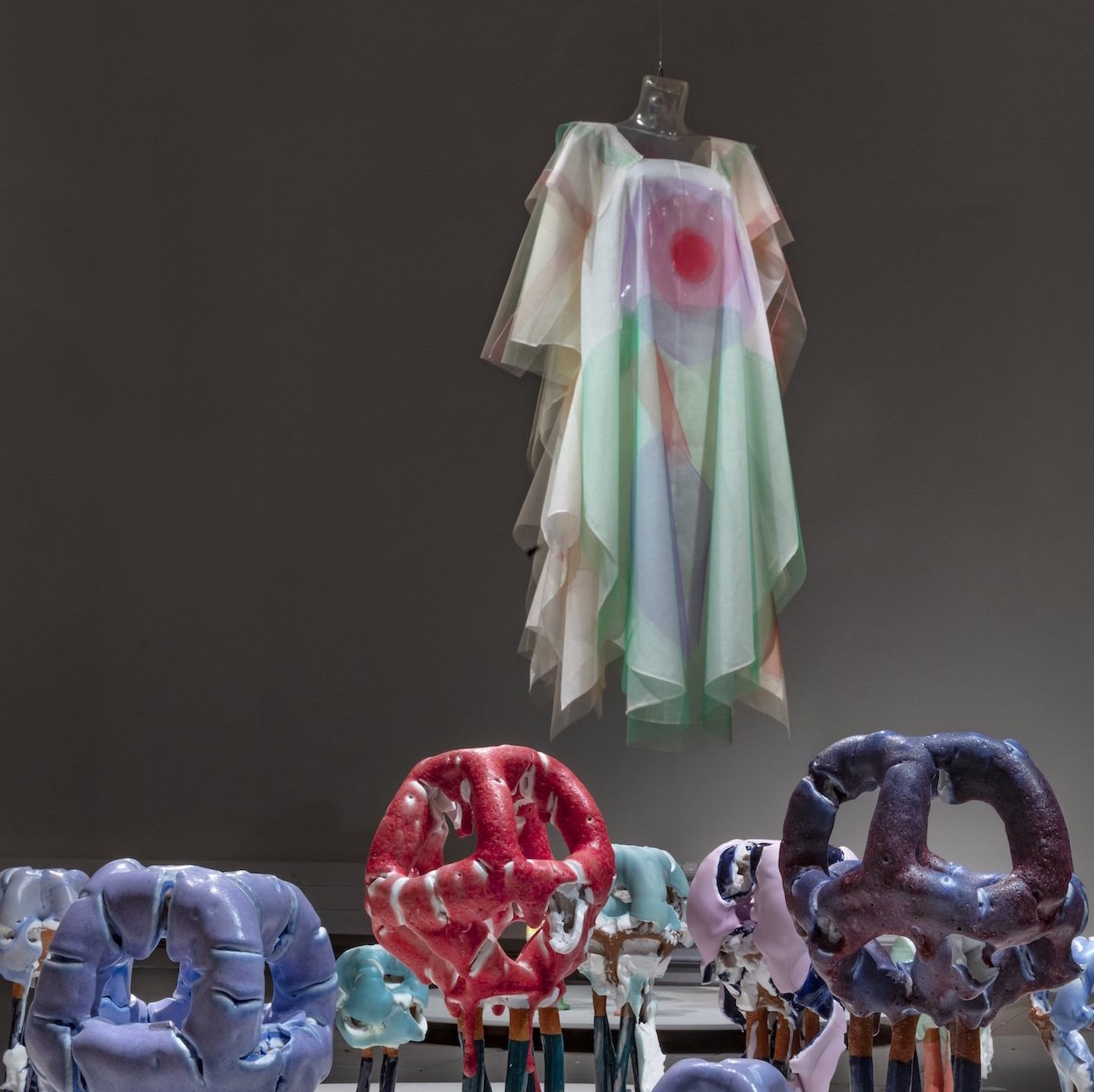
The exhibition focuses on mutual inspirations and opposites. Common to both is the work with opposing conditions such as weight and lightness and tightness in the face of the dissolved and diffuse. Bente Skjøttgaard loses some control during firing to the high temperatures and lets gravity and the flow of the glazes play a part, while Anne Damgaard constantly challenges the relationship between spontaneity and control in her work with fabric, color, light, geometric shape principles, body and draping, in which case involved as a significant factor.
Learn more about this exhibition from kunsten.nu
Nick Weddell is Ceramics own Puck
HELENA. Nick Weddell has a Shakespearian dimension to his work. Not Hamlet but Midsomer Night Dream, And, to be more specific, the “naughty” figure of Puck. Take one look at Weddell himself and you can see him treading the boards at the National Theater in London being devious and causing mayhem.

His cups are “cheeky” (another term, with naughty, that Americans know but not in the devious understanding of the British understanding). Weddelli s not English but the Puck reference, a ceramist as a trickster, fits him like a glove.
He is predictably unpredictable. And there is no malevolence. Even his monsters are not dangerous but playful. He steals glazes (oops, appropriates) from everywhere but with a sleight of hand, makes them his own.
He has already found a New York gallery, Jason Jacques, and his work is doing well in the market (he has shown in Europe) even though he only graduated last year. This applies in particular to his cups, witty polychromatic gems. But good luck finding one for sale. They are snapped up while still hot from the kiln. GC
Zizipho Poswa
CAPE TOWN. On view at Imiso’s small studio in the mixed-use Old Biscuit Mill in Woodstock, an edge suburb of Cape Town with a strong artisan history, Poswa’s commercial works plainly evidence the importance of color, motif, and texture. Many of the pieces integrate patterning drawn from traditional Xhosa textiles. “My style is very feminine,” says Poswa, an only child raised by a single mother. “I draw inspiration from tribal art. Some of my pieces are inspired by hair combs.”
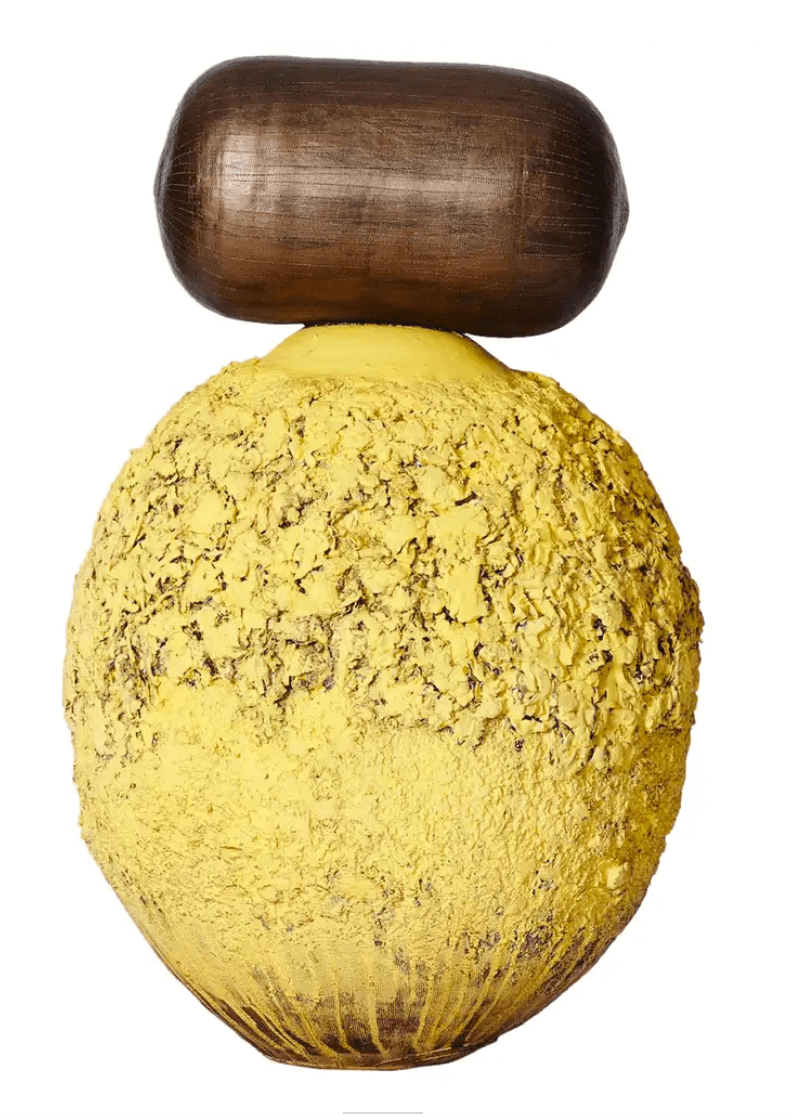
In early 2018 she made a trio of large-scale sculptures for an exhibition at Southern Guild titled “Extra Ordinary.” Brightly painted by hand with distinctive surface treatments, Poswa’s ongoing Umthwalo range celebrates the resilience and strength of Xhosa women and was inspired by her monthlong visit to her birthplace in the Eastern Cape. Design collectors cooed at the results.
Emboldened, Poswa created new pieces. Where her first major works were resonant of the plump forms of traditional Zulu ceramics, her follow-up Ukukhula pieces, two of which were acquired by the Los Angeles County Museum of Art, were svelte and iconic. Translating culturally resonant motifs into collectible design objects involves patience. A single vessel can take up to two months to complete. Failure haunts the process. “Clay is a tricky medium,” acknowledges Poswa, who opted to discard a large work intended for this October’s PAD London, late in the making. “The drying process is sensitive and unstable. You can’t say you’ve mastered the making until the last stage.”
Zizipho Poswahas a passion for hair. Over the last two years, the Cape Town ceramicist has been making striking totemic stoneware vessels drawn from her South African heritage—whether the labors of rural women, among whom she grew up or the optimism of young cosmopolitans, whom she now represents. Where her earlier pieces suggested women bearing loads on their heads, her recent work scrutinizes the heads themselves, which often feature embellishments inspired by Africanhairstyles. One new vessel, to be shown at Design Miami/by Poswa’s Cape Town gallery, Southern Guild, resembles two mounds of squid-ink spaghetti and references Bantu knots. Another conveys braided loops similar to those worn by West African women and documented by the celebrated Nigerian photographer J. D. ’Okhai Ojeikere.
Abolitionist Wares From Josiah Wedgewood
STOKE-ON-TRENT. In the late 18th century there was an important collection of abolitionist themed pottery wares and medallions made by Josiah Wedgewood. Antiques Journal provides some riveting context to these gems:

It’s a modest little medallion, but it seems to have inspired the English pottery industry to throw its weight behind the antislavery movement.
Although only one and a quarter inches in diameter, the medallion’s image of a kneeling slave in chains imploring “Am I Not a Man and a Brother” was the first, most common, and most effective anti-slavery image created by the abolition movement. The Society for the Abolition of the Slave Trade chose it for its seal, and Benjamin Franklin declared that the medallion’s effectiveness in America was “equal to that of the best written Pamphlet, in procuring favour to those oppressed People.”
Josiah Wedgwood distributed hundreds of the medallions at his own expense to the Society for the Abolition of the Slave Trade to raise money for the cause. Wedgwood, we should note, was more than a successful industrialist: he was a man of conscience, deeply interested in the consequences of the American War of Independence and the French Revolution.
read more here.
Tiny Clay Snacks. Why On Earth Not?
Rebecca Ackermann is a designer and writer, and she’s been looking for ways to pass the time like the rest of us. Cooking was not a very enticing option for her,

The calculus of exchanging time or money for feeding my family never balanced in cooking’s favor. For a perfectionist like me (another matrilineal inheritance) long recipes looked like baroque forms of self-torture; there wasn’t even time to shop at the good grocery store.
After some trials and experimentation the idea of making food came back to her in full force,
After trying tie dye, YouTube yoga, face paint, Instagram read-alongs and homemade coloring books, one day I bought some polymer clay to pass the hours with my daughter. She wanted to make fruit, so we rolled baby apples and oranges in our palms. She demanded cookies, so we carefully placed minuscule chocolate chips onto tiny balls of dough. She enjoyed it; I was addicted. The soft clay in my hands slowed my anxious breathing. I fell into a trance mixing the perfect shade of icing. “Clay today?” I’d beg my child. After spaghetti, she lost interest, but I found my source of comfort.
Read more about Ackermann’s delicious obsession in her recent opinion piece from the New York Times.
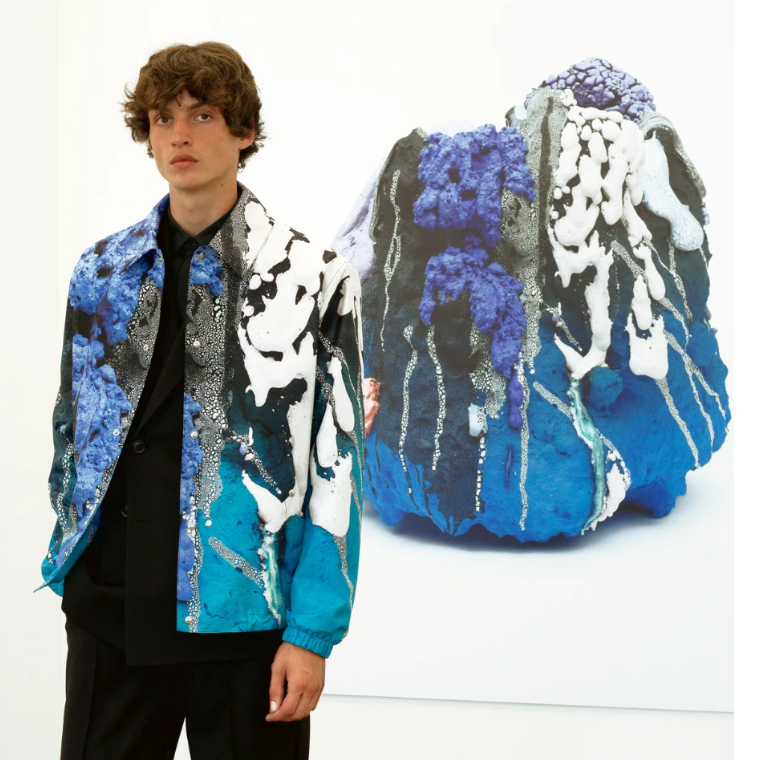
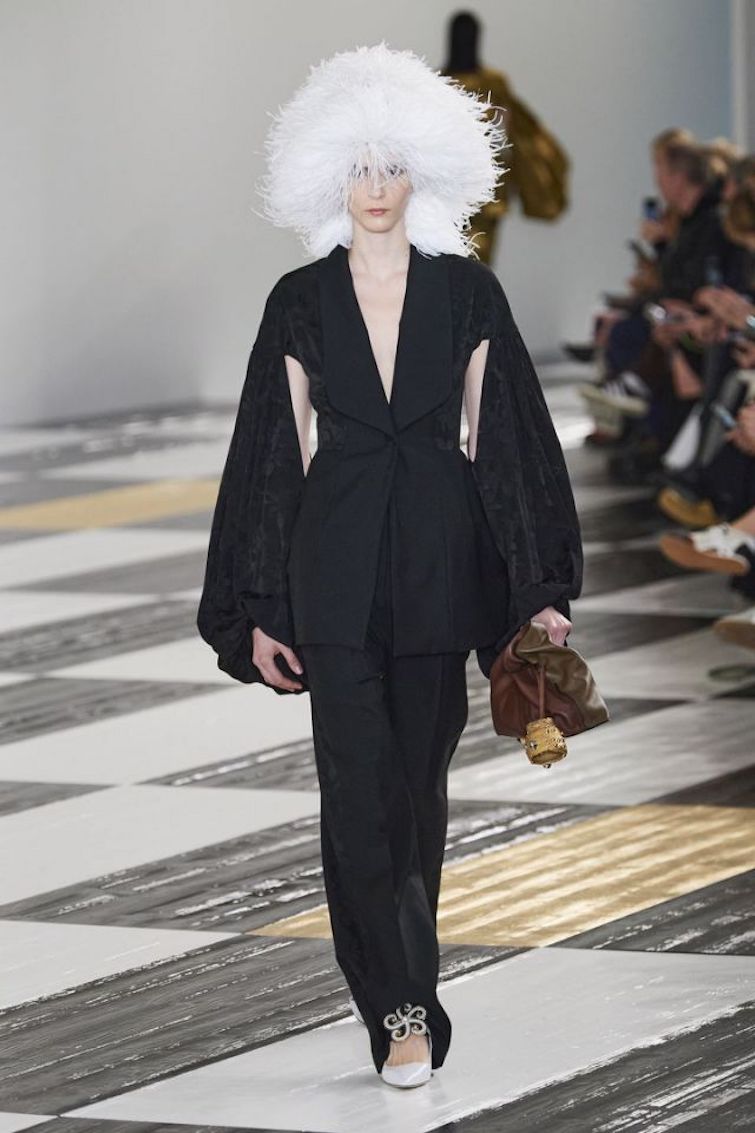
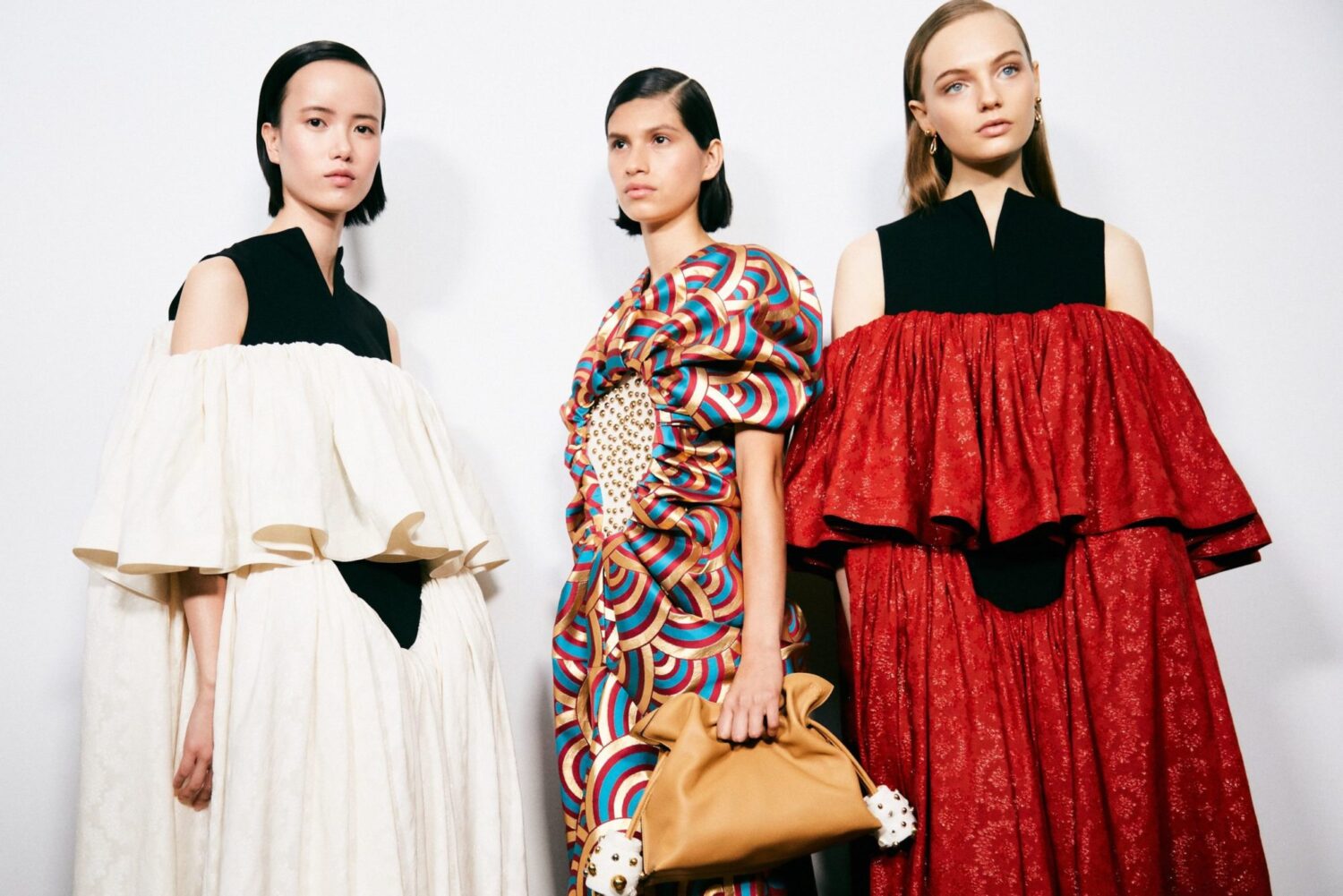
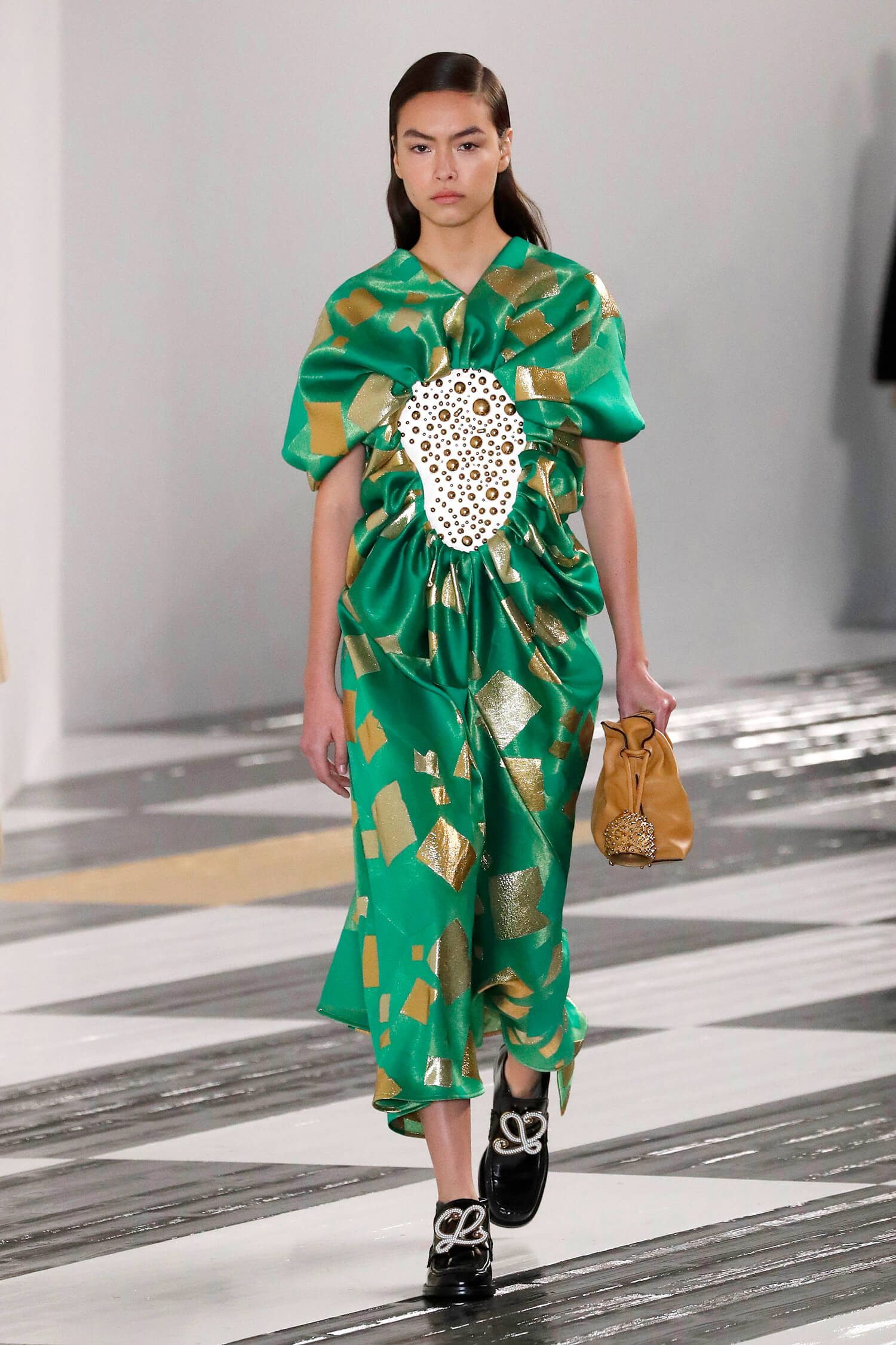
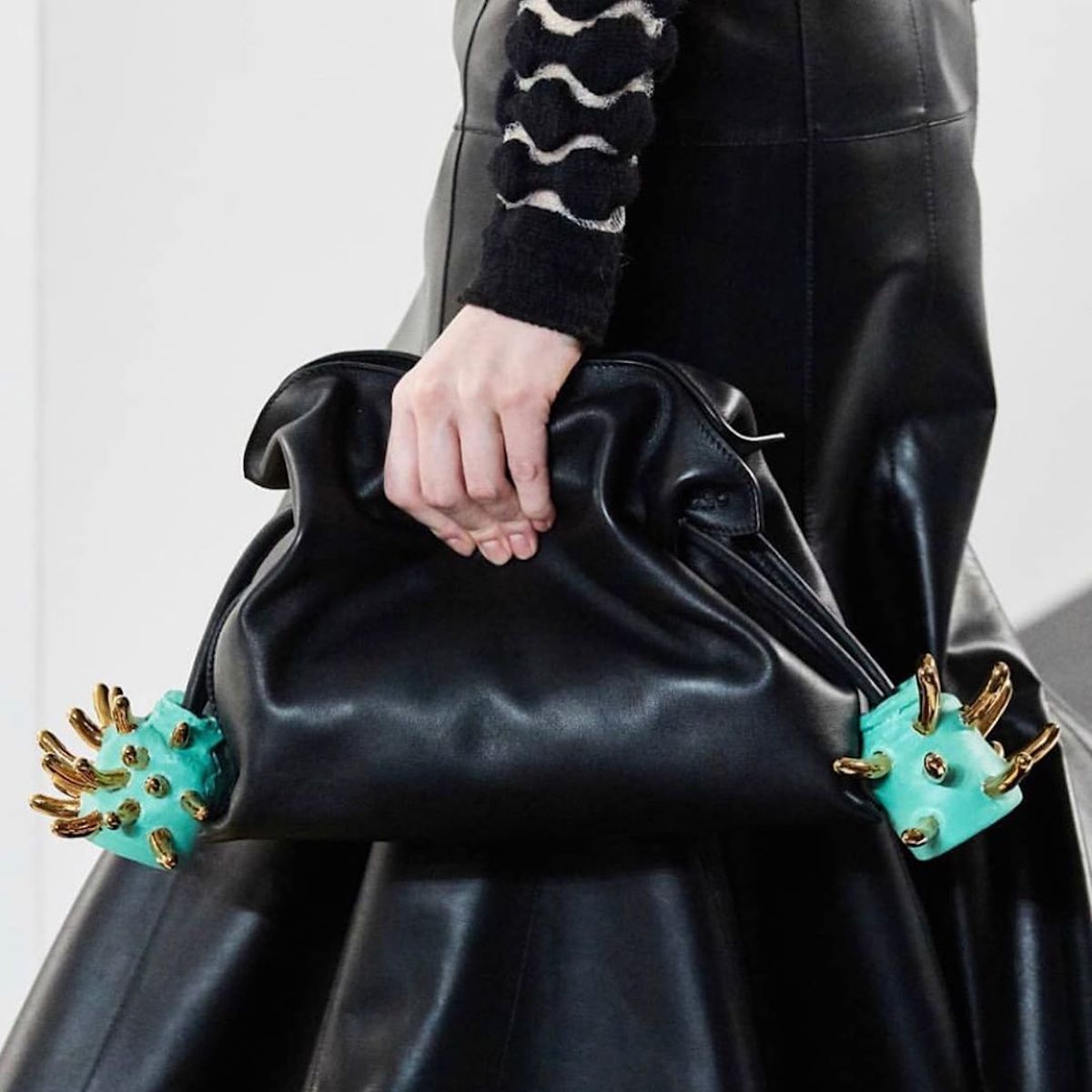

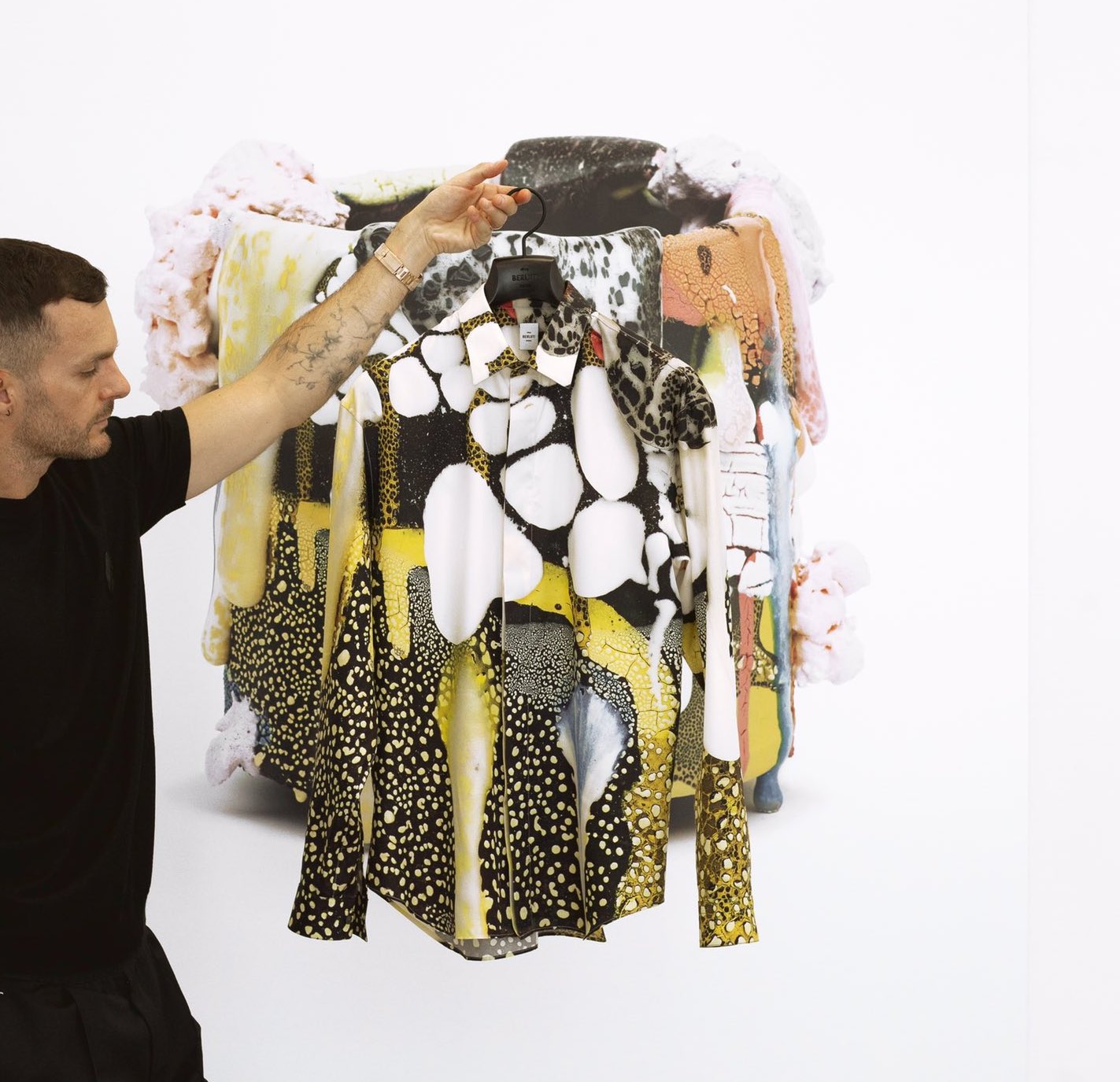




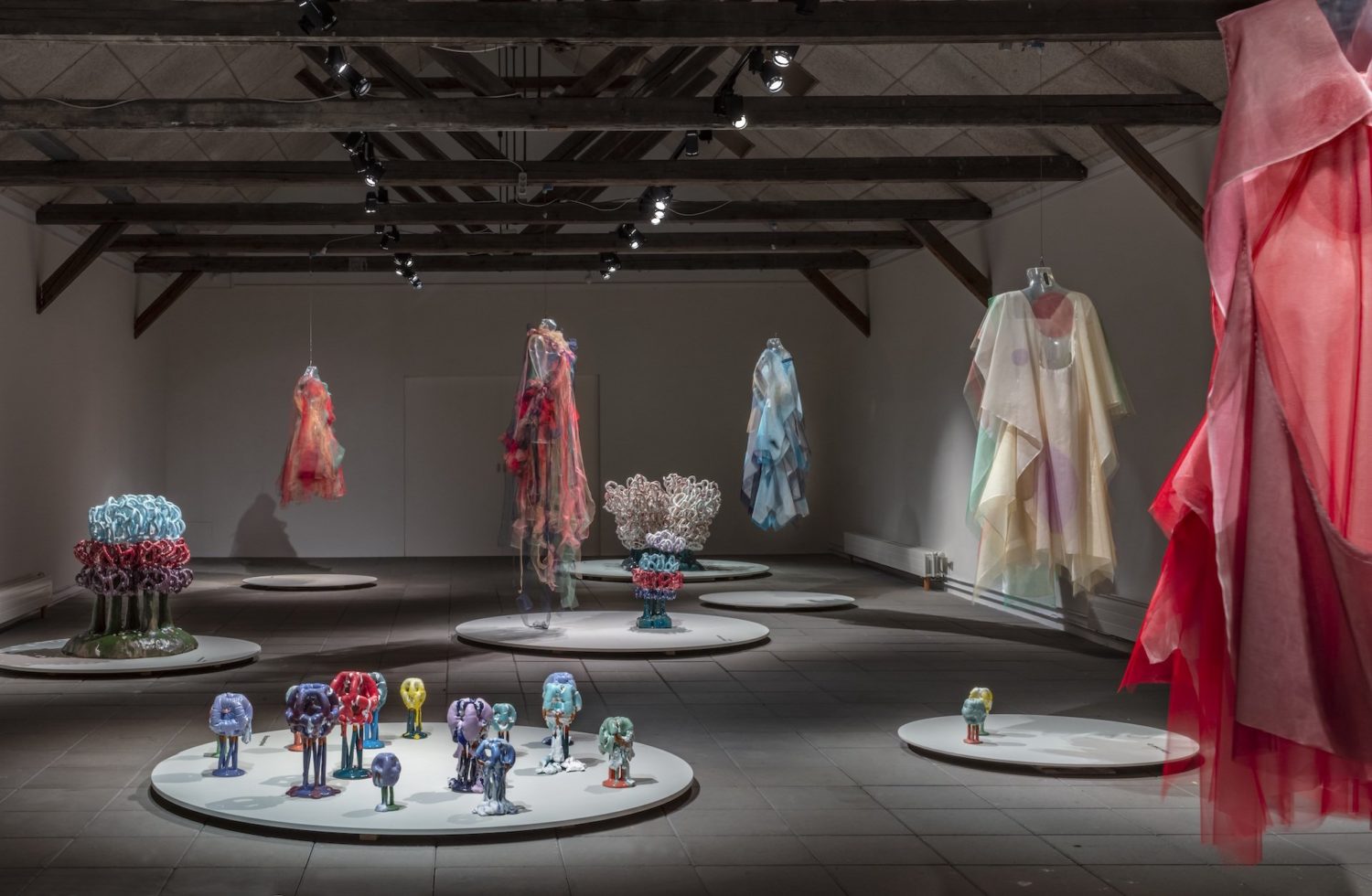


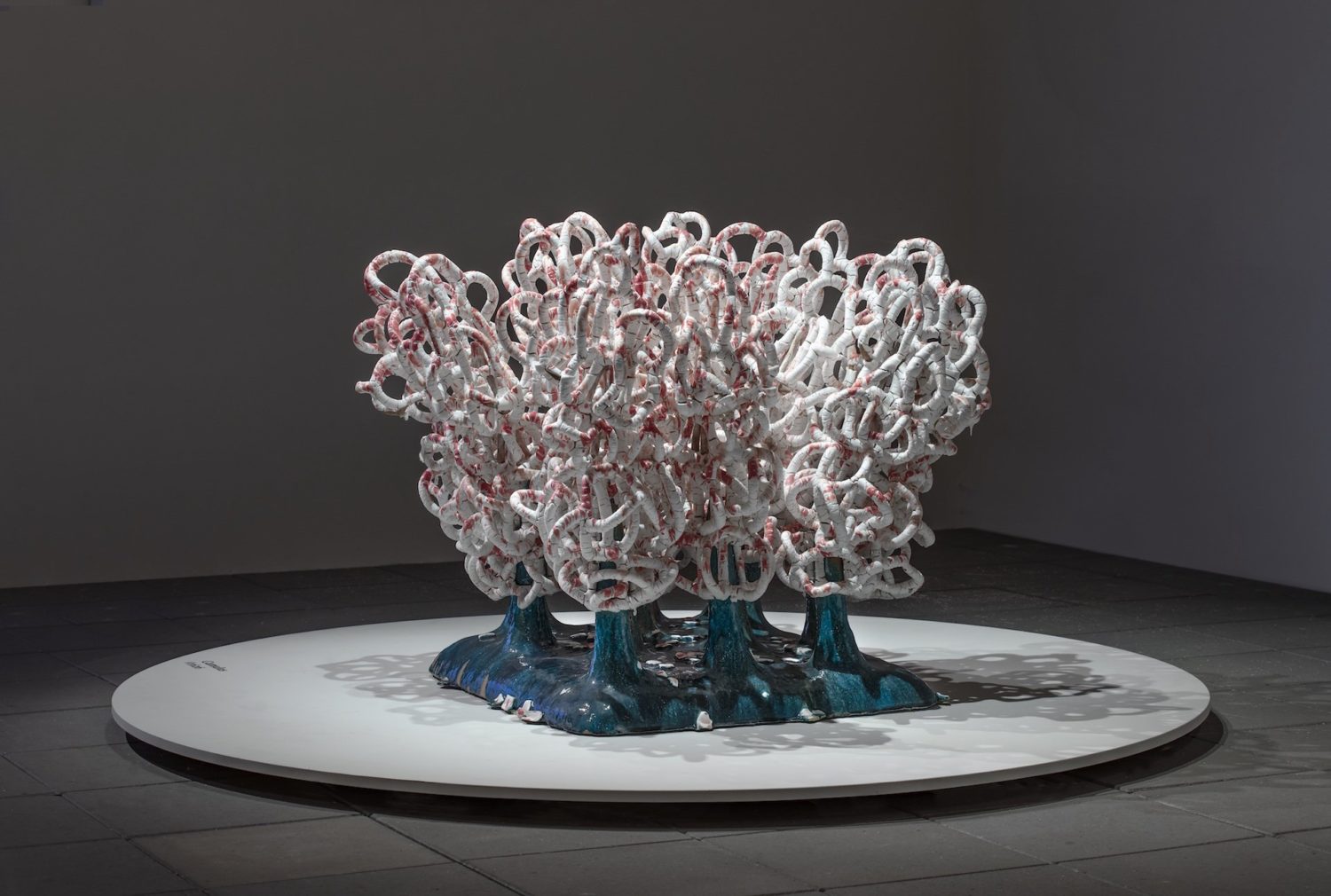


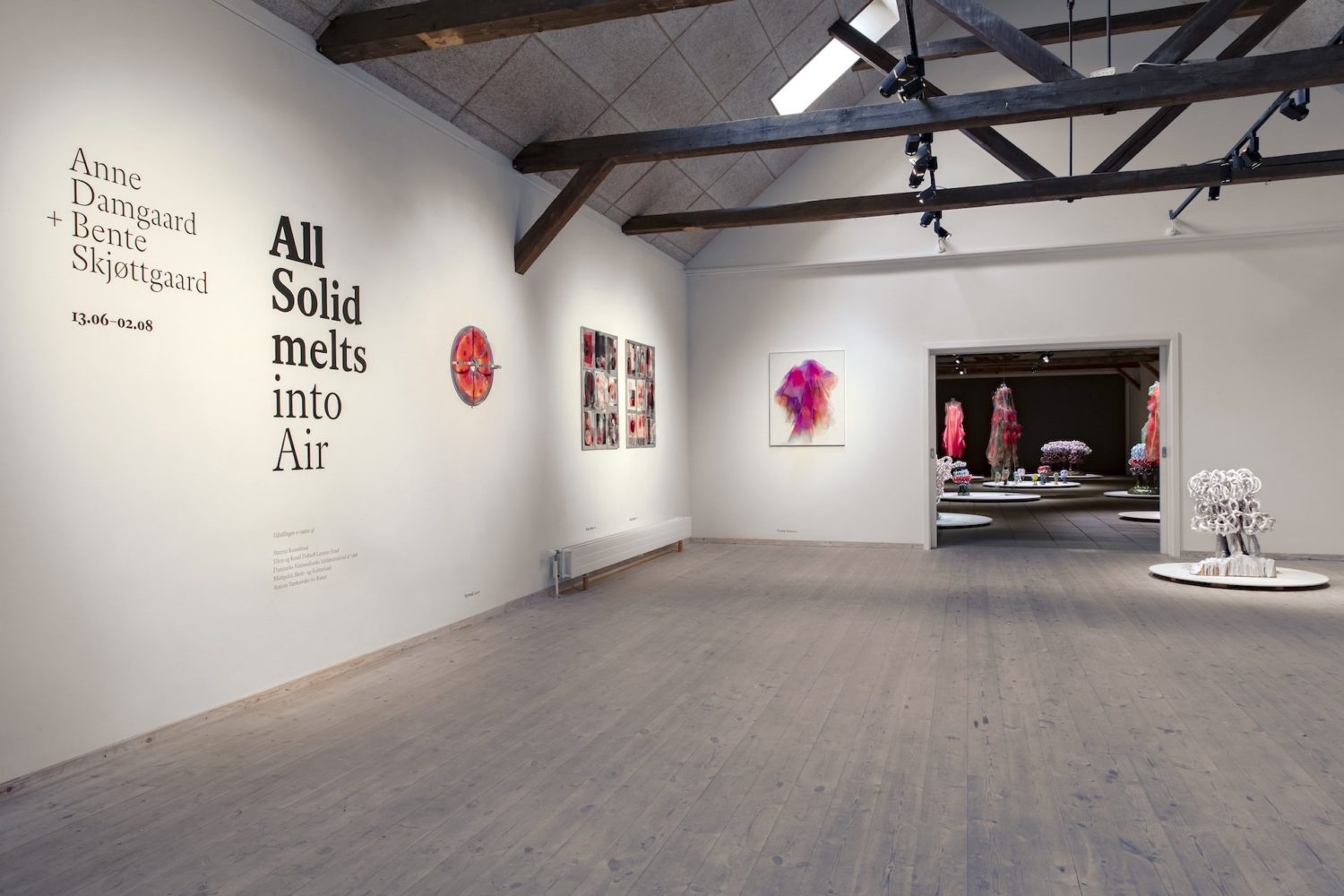
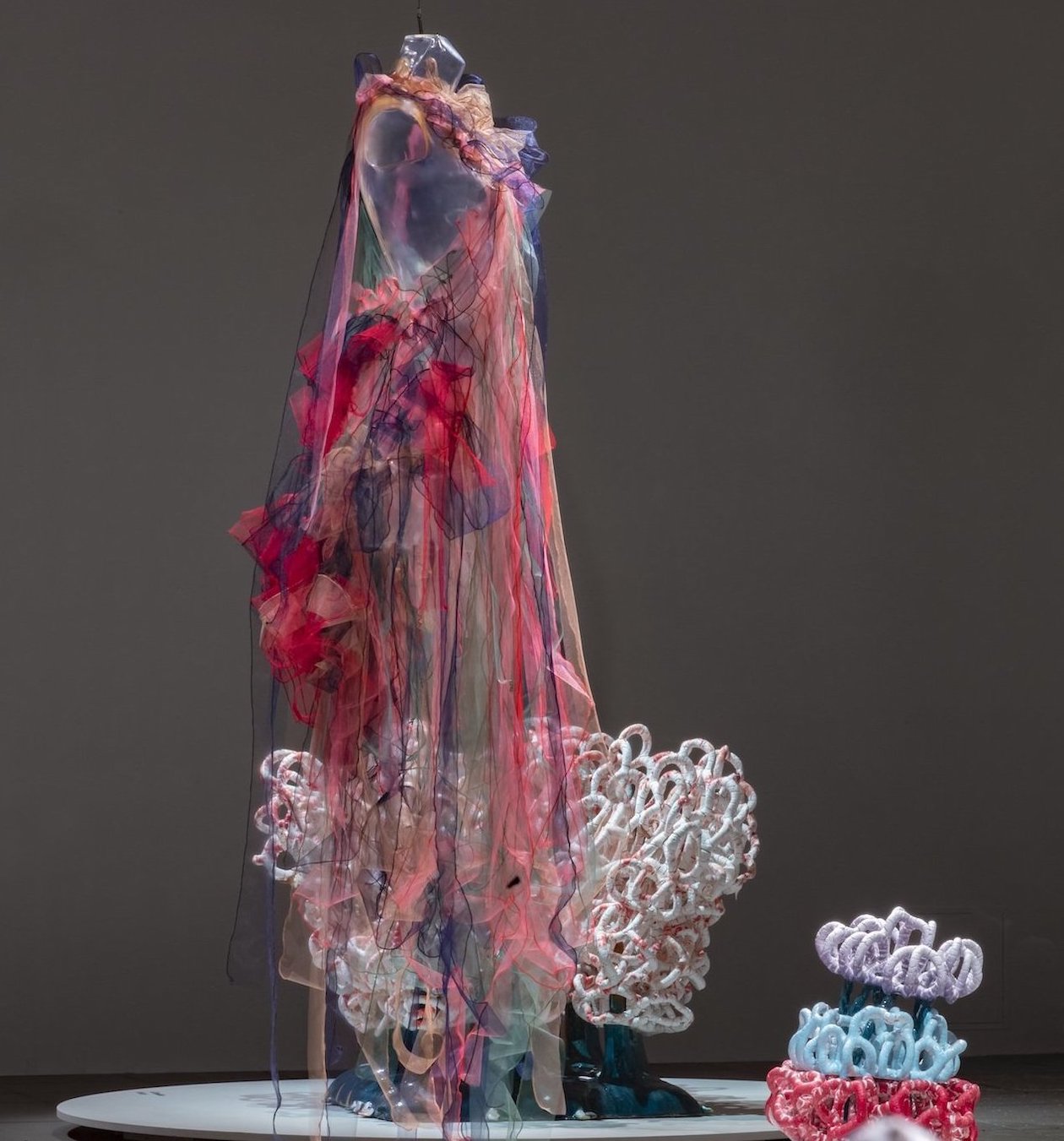
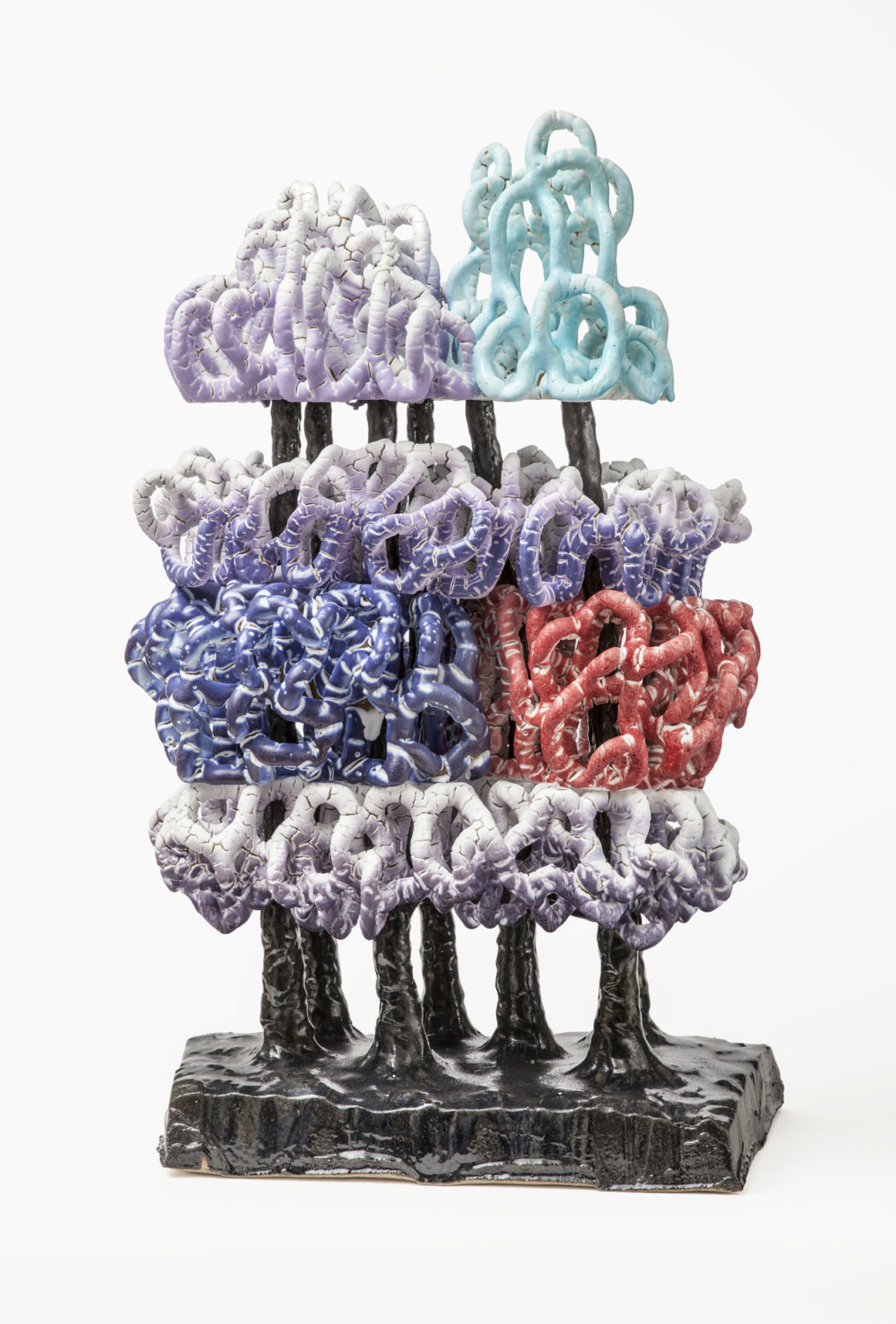


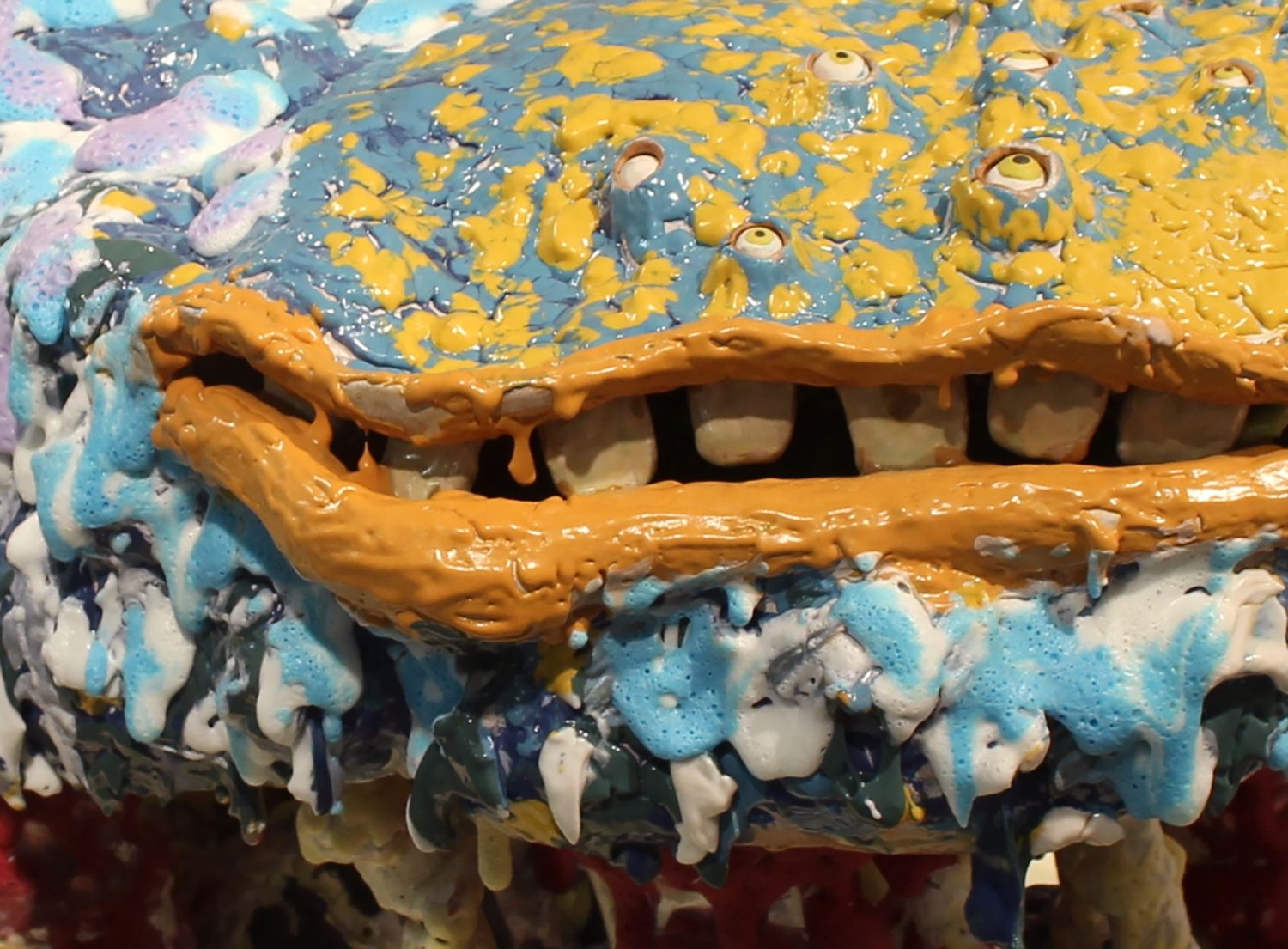




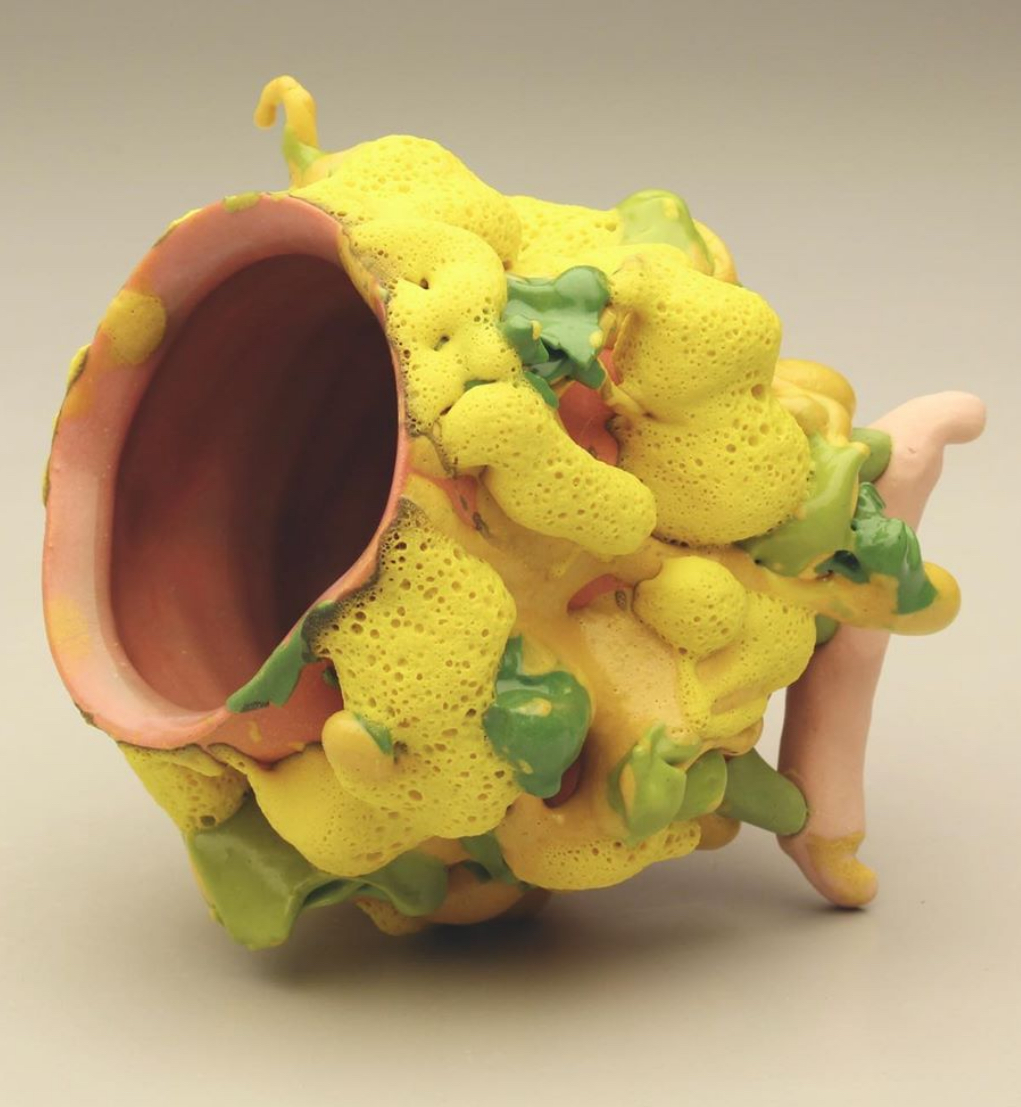


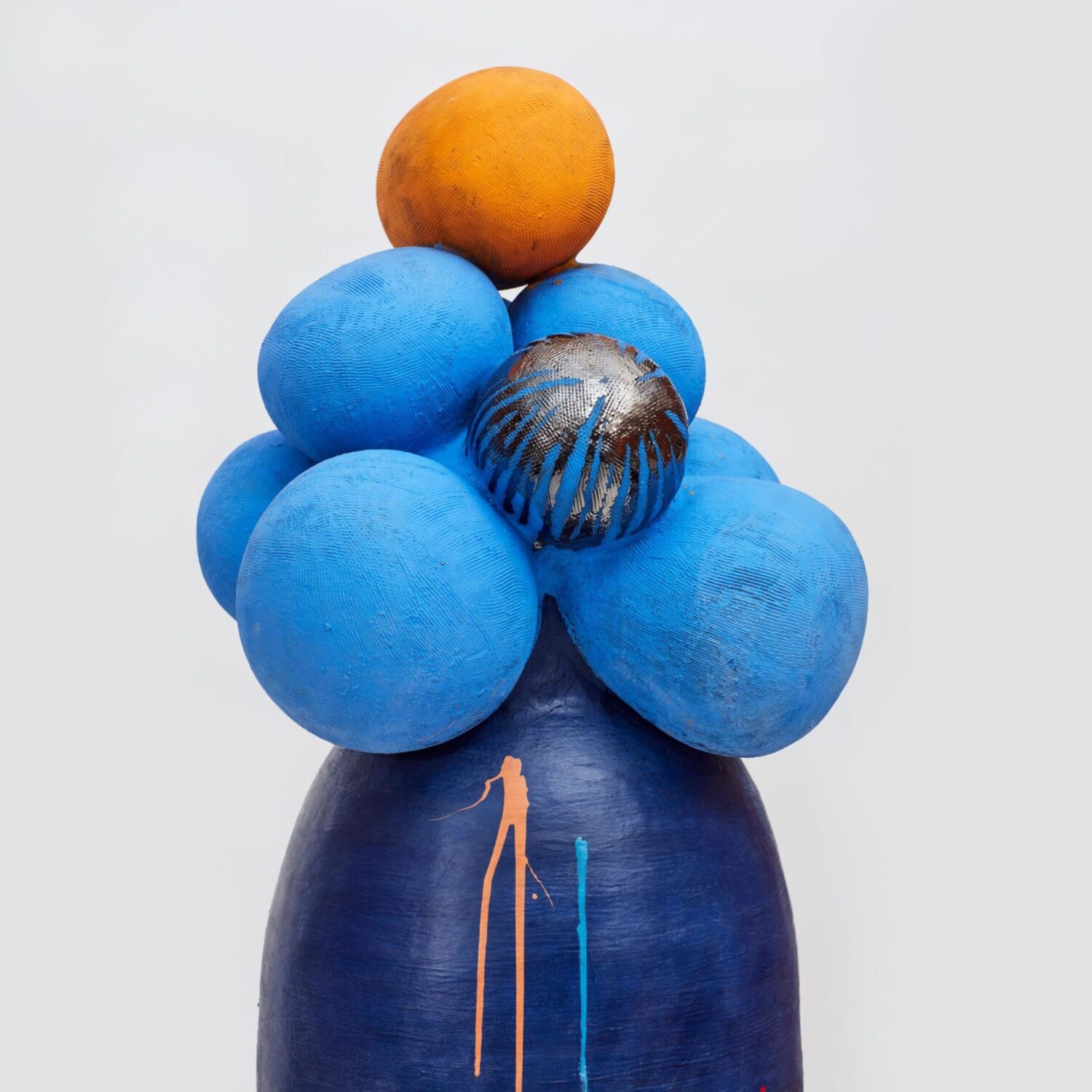
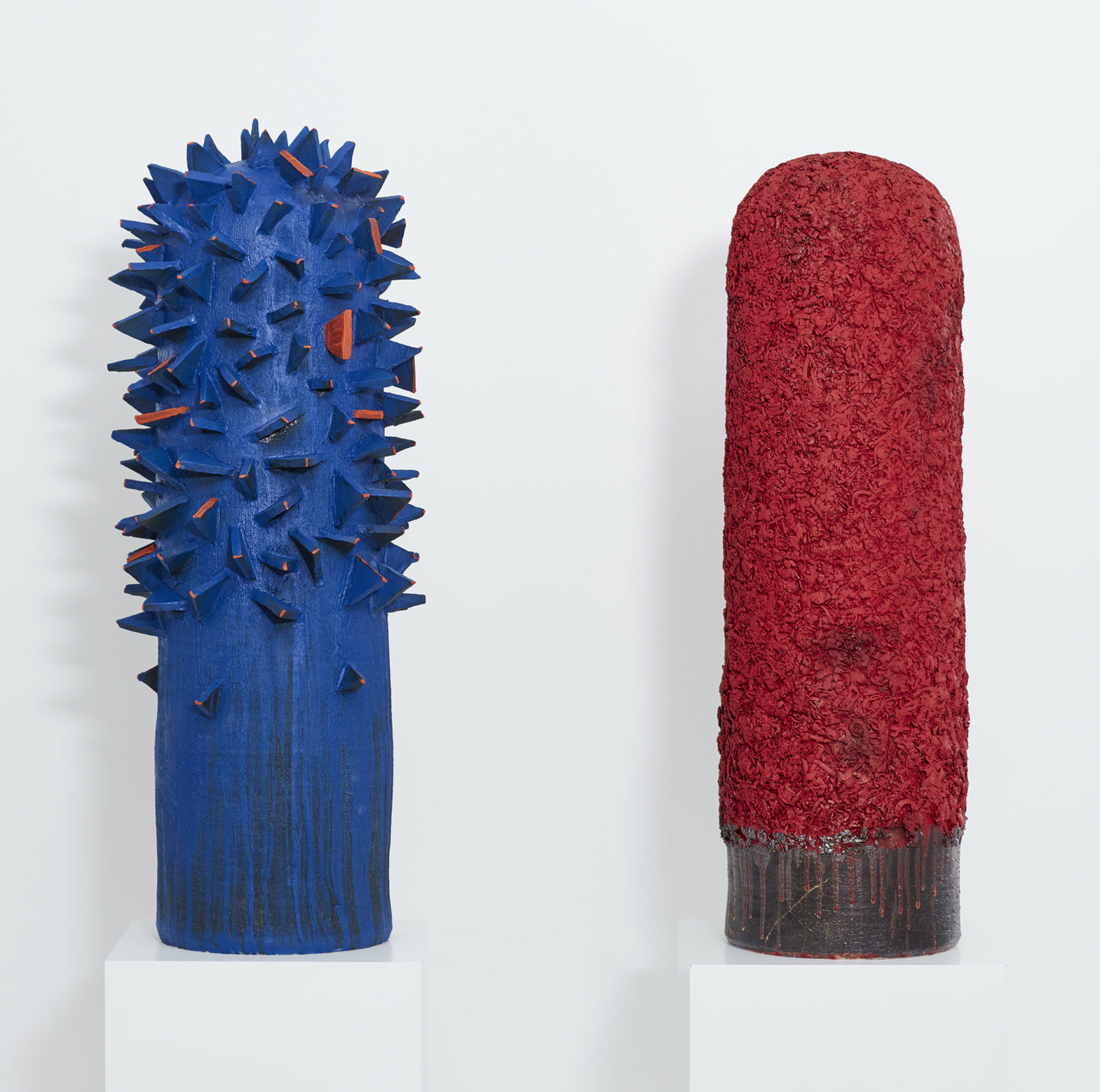


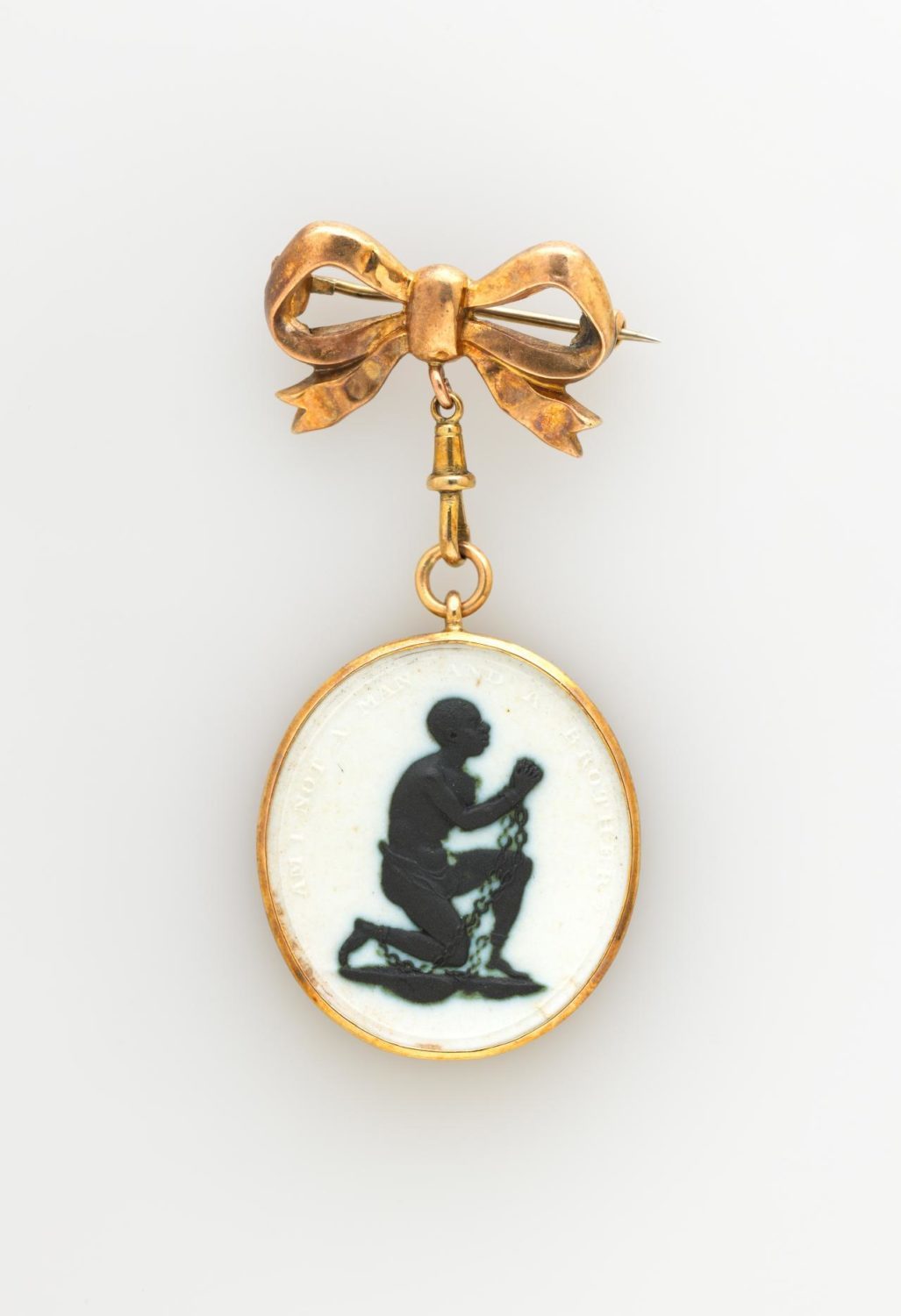
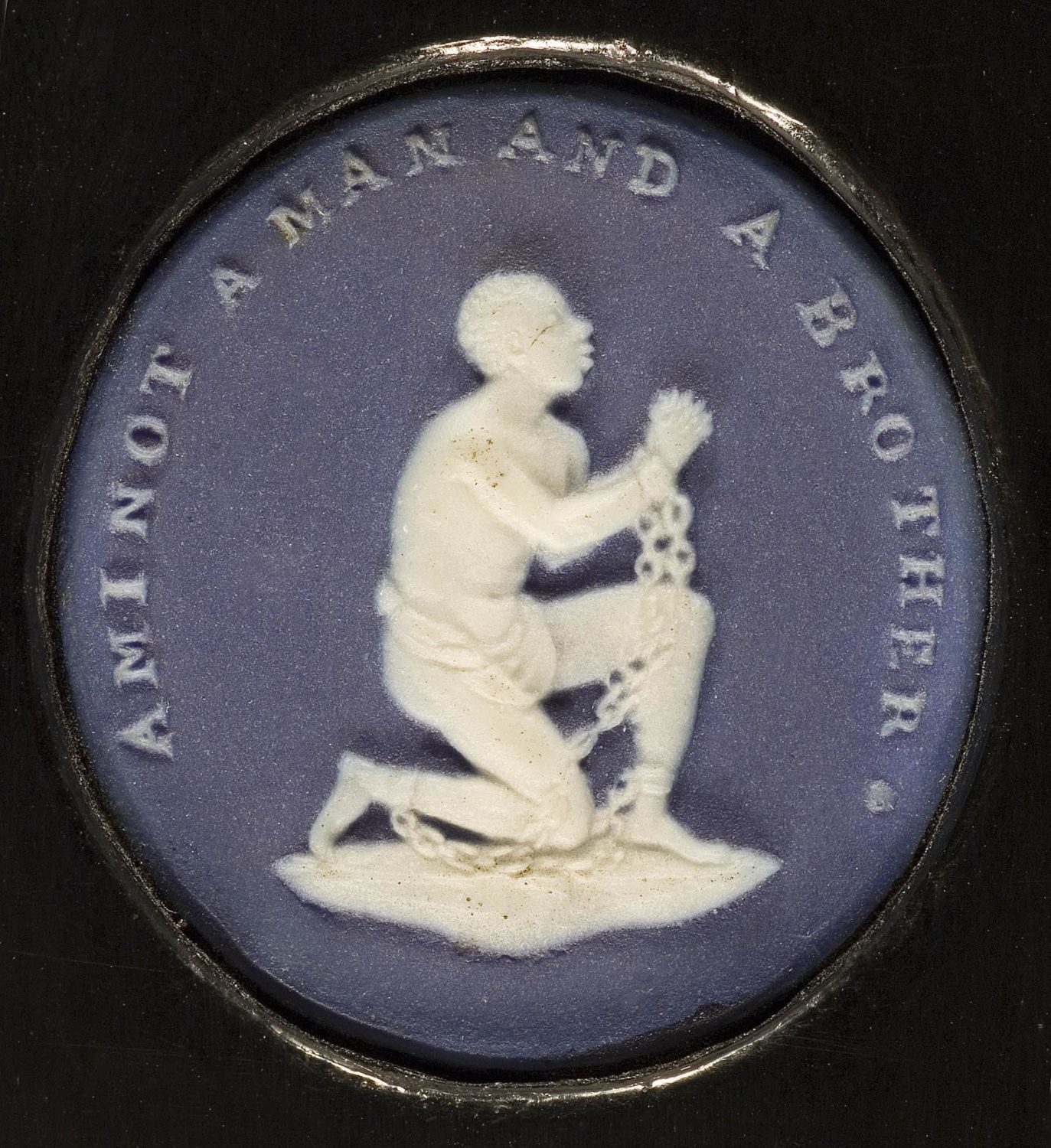
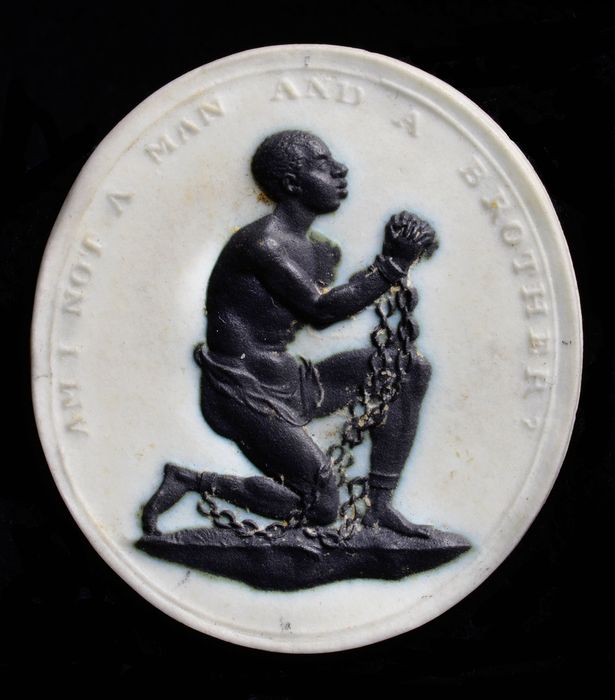


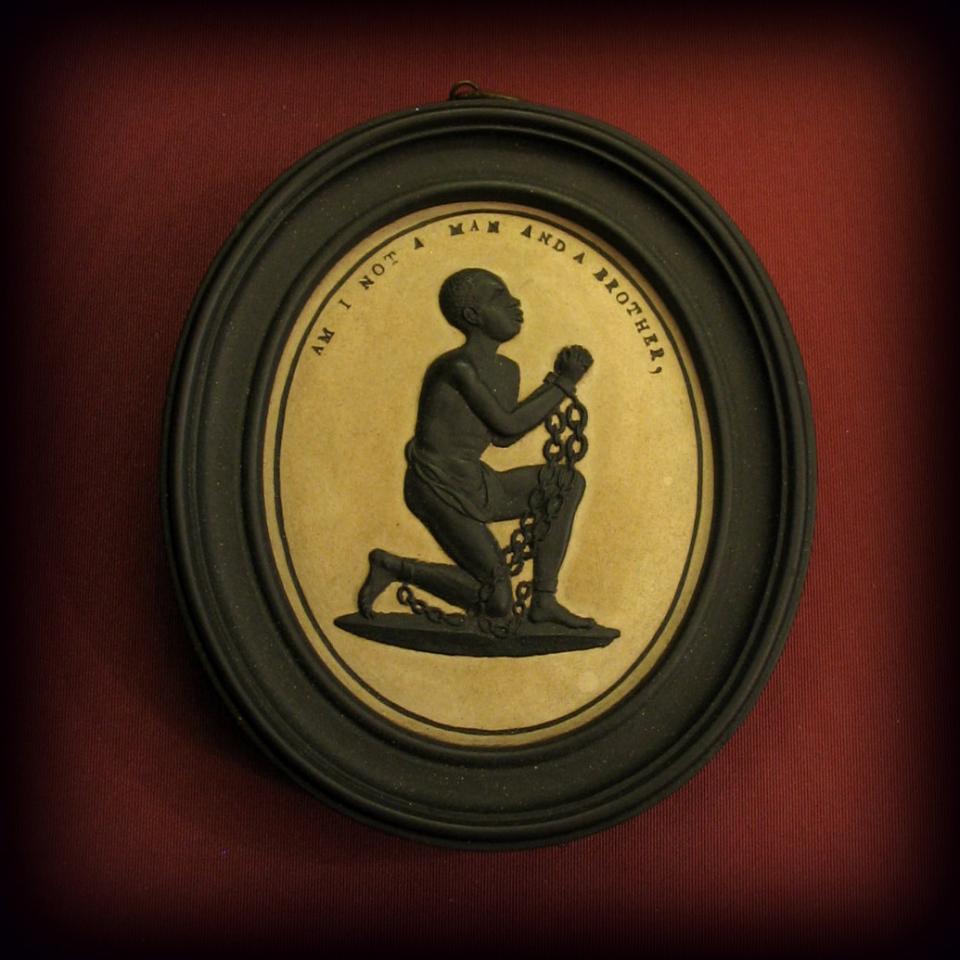
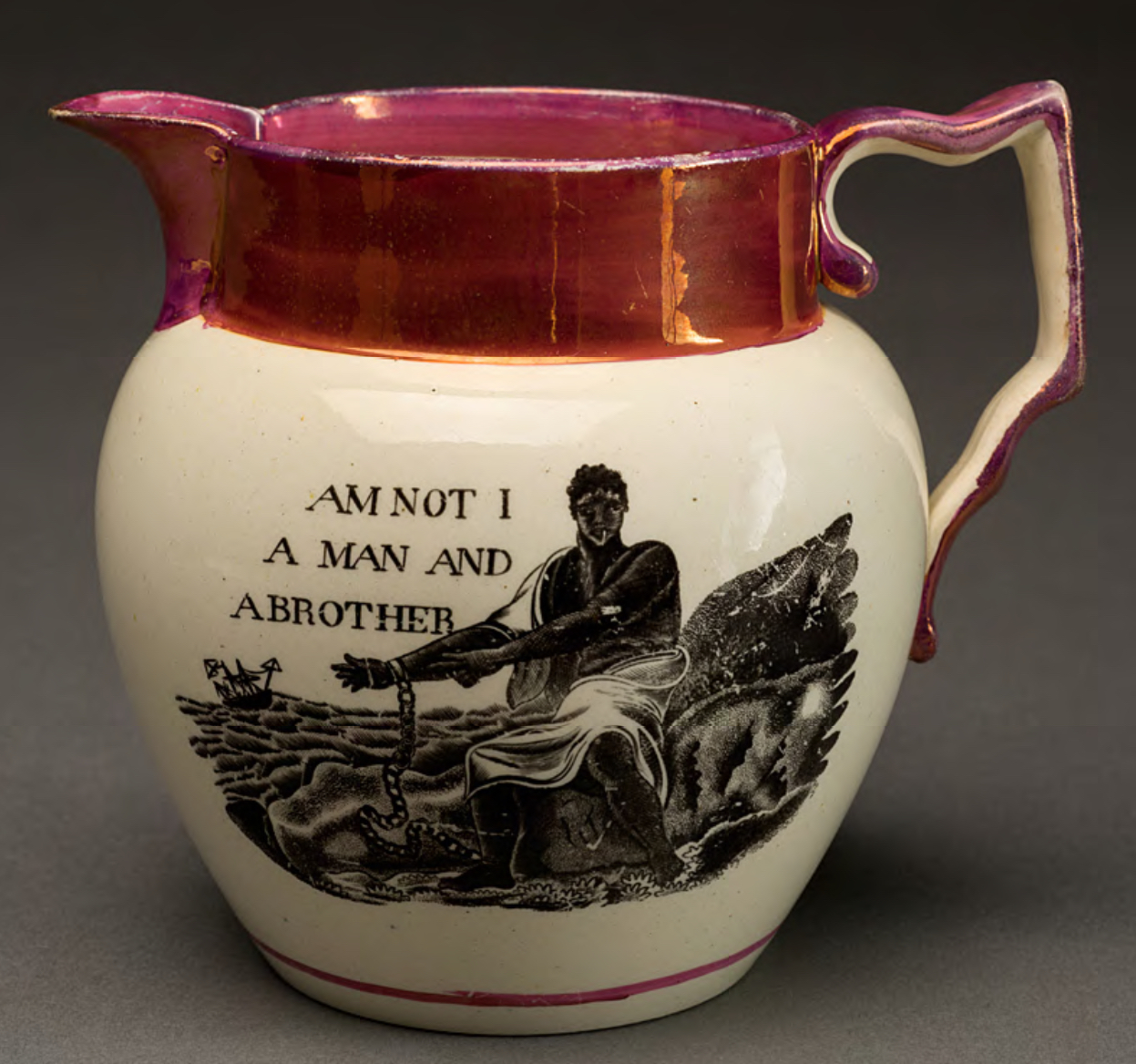

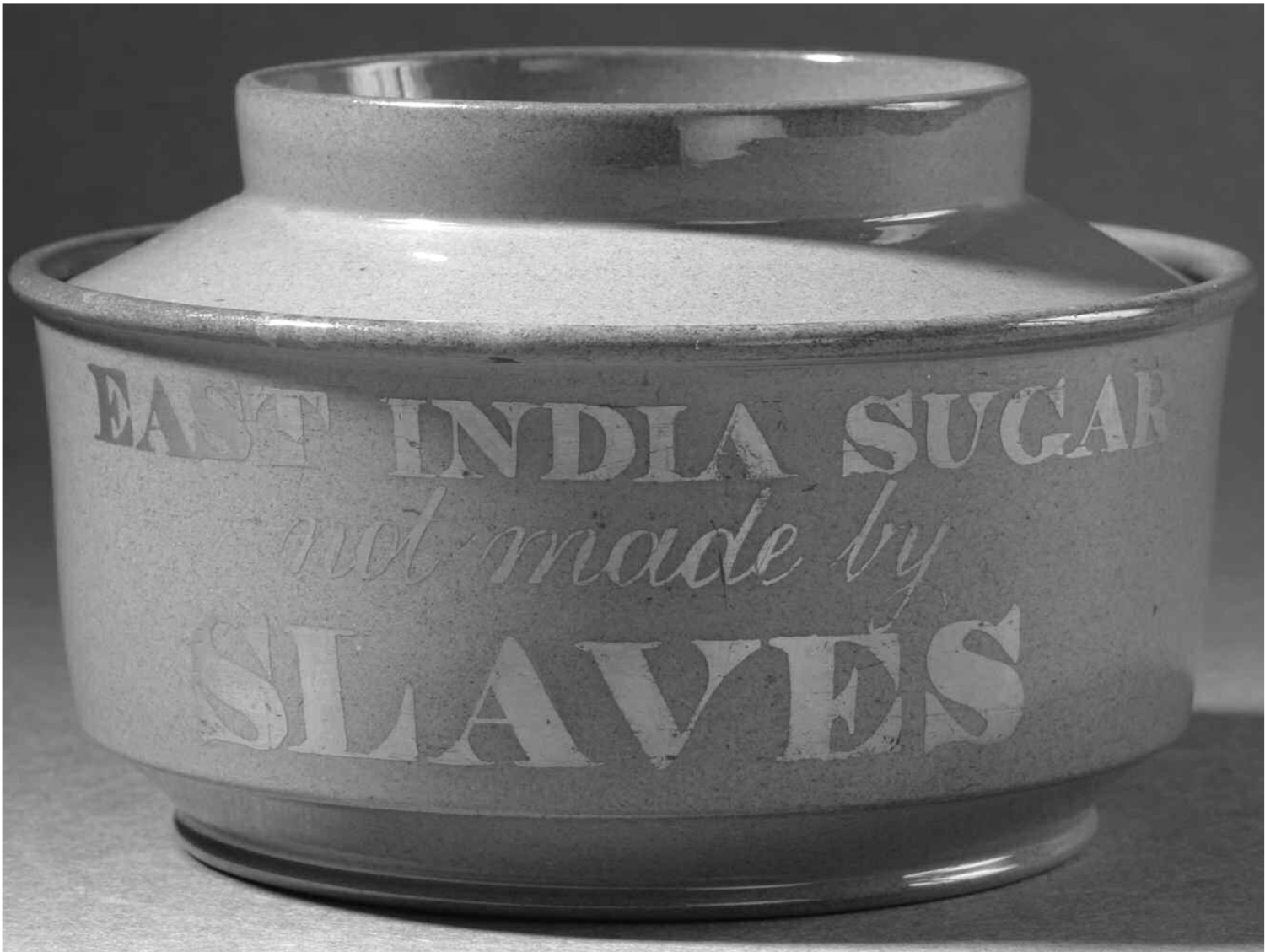
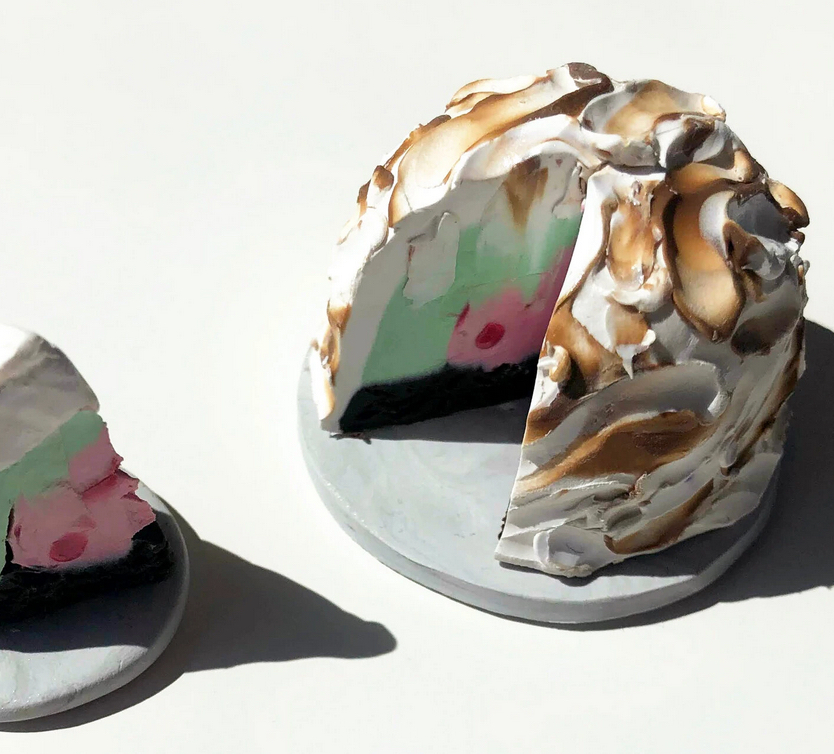







When clicking on the obituary link for C. McHorse, your regular roster of art news appears!
Thank You. G
🙂 Takuro Kuwato not Katuro Kuwata
Takuro Kuwata
Fabulous examples of cross-disciplinary creatives working together.
Your work is superb….I love all the detailing and colors…